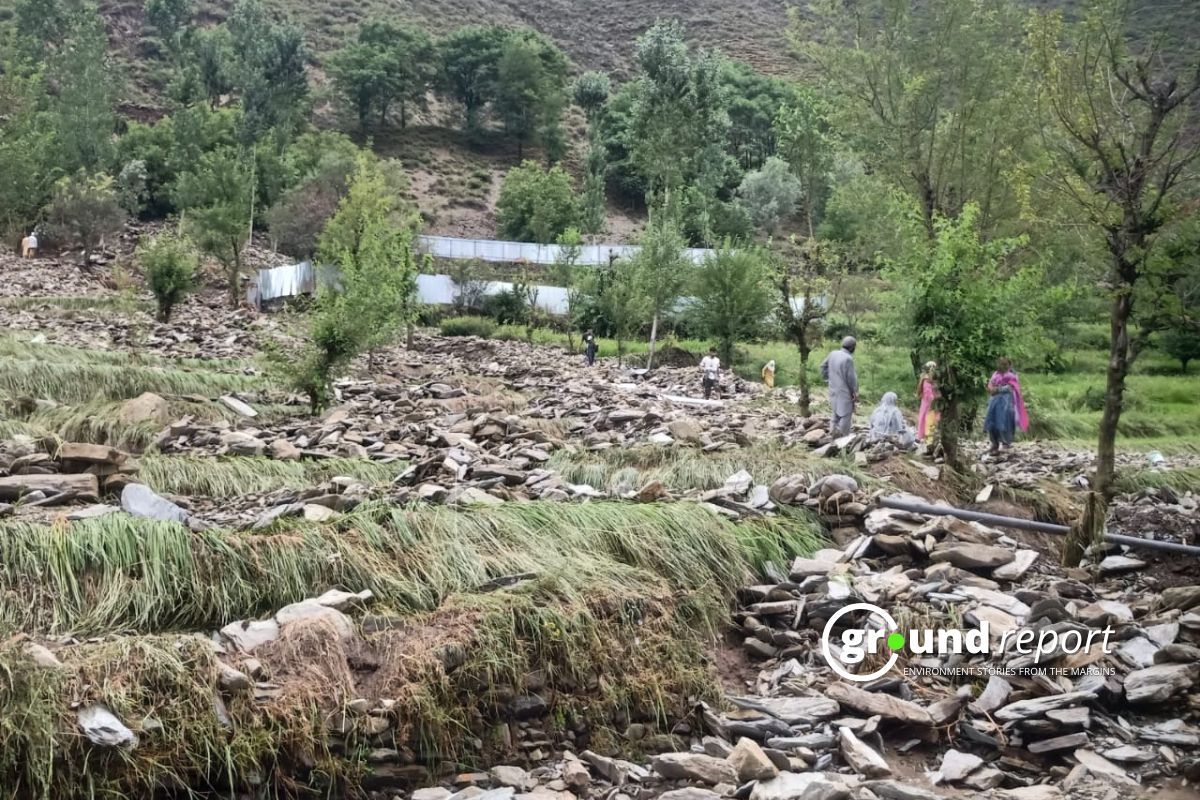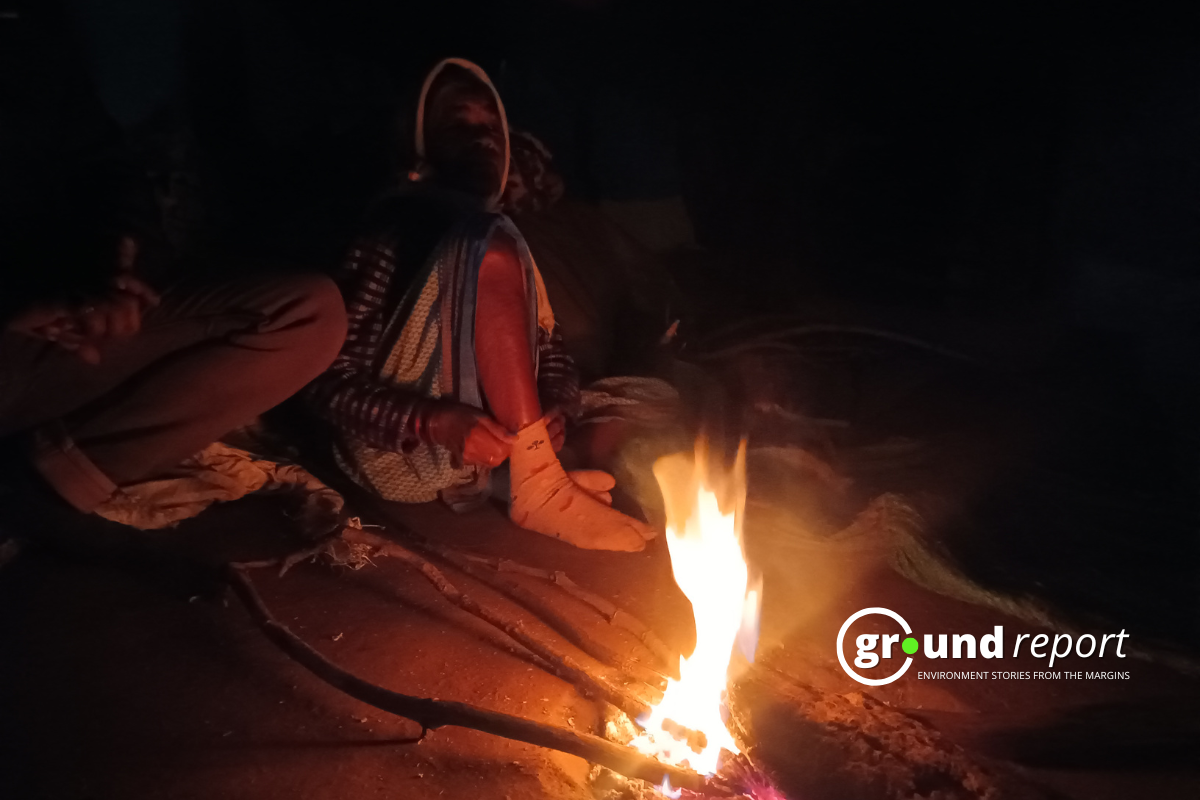Have you noticed a ring around the moon tonight? This phenomenon, known as a “lunar halo,” occurs when moonlight passes through thin clouds of ice crystals in Earth’s atmosphere. As the moonlight travels through these crystals, it bends, like light through a lens. The unique shape of the ice crystals focuses the moonlight into a ring, like how water droplets bend sunlight to form a rainbow.
What is a Lunar halo, and how does it form?
A lunar halo is a bright ring around the moon, resembling a glowing circle. This light show occurs when moonlight passes through thin clouds of ice crystals in the Earth’s upper atmosphere. These crystals, found in cirrus clouds about 6,000 meters (20,000 feet) above the surface, bend the light, creating the halo effect.
The tiny hexagonal ice crystals responsible for the halo refract light like a camera lens. As the moon’s light interacts with these crystals, it bends at a specific angle—22 degrees—creating a nearly perfect circle of light around the moon. A second, fainter ring can appear at a 44-degree angle.
The 22-degree halo is the most common and typically remains consistent in size. This phenomenon is similar to how sunlight bends through water droplets to form a rainbow, but here the light source is the moon, and the medium is ice.
To see a lunar halo, the sky needs to be partially cloudy with cirrus or cirrostratus clouds. These high-altitude clouds contain ice crystals essential for creating the halo. For the best experience, the sky should be clear except for a thin veil of these clouds. If the clouds are too thick, they will block the halo.
A weather sign?
Many cultures associate a moon halo with upcoming weather changes. The cirrus clouds responsible for the halo often precede a warm front by one to two days. A warm front typically signals a low-pressure system, which can bring storms. Some folk tales suggest the number of stars within the halo predicts how many days before bad weather.
Lunar halos are often confused with other moon rings, such as coronas and fogbows. Coronas are smaller, rainbow-colored rings that form when moonlight interacts with tiny water droplets in fog, with a tighter radius than lunar halos, around 10 degrees. Fogbows are similar to lunar halos but form near the ground in foggy conditions.
Lunar halos are rare but captivating natural displays. While they are most common in winter, they can occur year-round with the right conditions. For those lucky enough to see one, it’s a reminder of the Earth’s atmosphere’s interaction with light.
Next time you see a glowing ring around the moon, you’ll know it’s a lunar halo—a stunning example of nature’s light show created by ice crystals high in the atmosphere. Whether you believe in weather folklore or enjoy the night sky’s beauty, this atmospheric wonder reminds us of the fascinating science behind everyday phenomena.
Support us to keep independent environmental journalism alive in India.
Keep Reading
Watch: Kashmir experiences first snowfall of season after dry spell
Amarnath Yatra: Tackling rising death toll from extreme weather events
Tourists arrival in Kashmir break records, a need to regulate it?
From tourist paradise to waste wasteland: Sindh River Cry for help
Follow Ground Report on X, Instagram and Facebook for environmental and underreported stories from the margins. Give us feedback on our email id greport2018@gmail.com.
Don’t forget to Subscribe to our weekly newsletter, Join our community on WhatsApp, and Follow our YouTube Channel for video stories.









